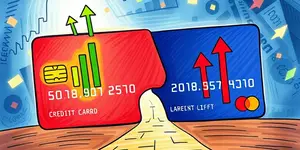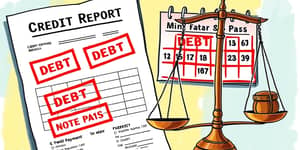
Managing multiple debts can feel like juggling flaming torches—constant, stressful, and fraught with risk. By consolidating debt, you can transition from chaos to clarity and chart a path toward lasting financial health.
At its core, debt consolidation is the act of taking out a single, new credit account or loan to pay off multiple existing obligations. This approach transforms several varied payments into one monthly bill. The goals are straightforward:
Common consolidation vehicles include personal loans, balance transfer credit cards, and home equity products. Each tool carries its own interest rates, fees, and repayment structures, so choosing the right one is critical.
To select the best option, you need a clear comparison. Below is a breakdown of the most popular consolidation products, complete with typical interest rates, fees, and requirements.
While personal loans and balance transfer cards are unsecured, home equity products use your property as collateral and typically carry lower rates but higher risk.
Implementing a debt consolidation strategy involves several clear steps:
Once consolidated, your goal is to make on-time payments, which are the most influential factor in rebuilding and improving credit.
Debt consolidation can trigger both positive and negative credit score movements in the short run:
Positive Factors:
Negative and Neutral Factors:
Typically, you might see an initial drop of a few points followed by a recovery and potential improvement within three to six months of steady, on-time payments.
Understanding both sides helps you decide if consolidation aligns with your goals.
Benefits:
Drawbacks:
Adopting strategic habits can help you navigate consolidation successfully:
Watch out for these warning signs to prevent backsliding:
Excessive fees can erode your projected savings, so always calculate total costs before committing. Beware of promotional rates that jump dramatically after 12–21 months, and never use your home as collateral unless you are certain you can manage the payments. Finally, steer clear of predatory consolidation firms by researching consumer reviews and verifying licensing.
Beyond numbers, consolidating debt can transform your emotional landscape. Replacing anxiety with certainty yields a powerful sense of relief. Imagine the weight lifting as you move from scattered due dates to a singular, manageable deadline each month. This shift fosters confidence and reinforces your momentum toward financial freedom.
Embracing consolidation is more than a transaction; it’s a commitment to self-care. Recognize each payment as a step toward reclaiming control and reducing stress. The discipline cultivated during repayment often spills into other areas of life—enhancing productivity, relationships, and overall well-being.
Debt consolidation isn’t a cure-all, but it can be the catalyst for meaningful change. Start by evaluating your current debt landscape, then research products that align with your risk tolerance and repayment capacity. Approach lenders with confidence, armed with data on rates, terms, and fees.
Remember, the true power of consolidation lies in pairing the right financial tool with a robust plan for spending control and savings. By prioritizing on-time payments and resisting new debt, you lay the groundwork for a healthier credit profile and a brighter financial future.
Embark on this journey with patience and perseverance, and you’ll not only simplify your finances but also build the foundation for long-term economic empowerment and resilience.
References













